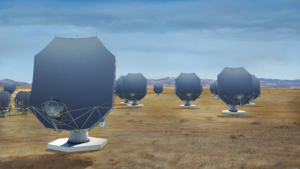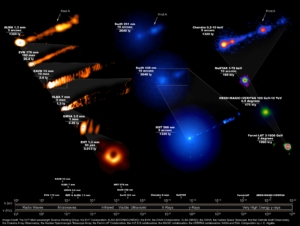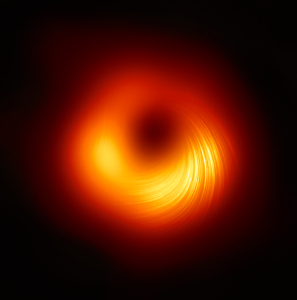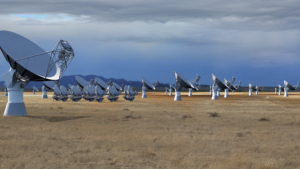The National Science Foundation has awarded NRAO $23 Million for design and development work on the Next Generation Very Large Array, a project proposed as one of the world’s next generation of cutting-edge astronomical research facilities. The award includes funding for producing a prototype antenna for this new radio telescope system.
NRAO Selects Contractor for Next-Generation VLA Antenna Development
The National Radio Astronomy Observatory has selected a contractor to develop a production-ready design and build a prototype antenna for the Next Generation Very Large Array (ngVLA). The ngVLA is proposed as an array of 263 dish antennas spread across North America to form a cutting-edge scientific tool for the coming decades.
Featured Video: Mapping the Radio Sky
The Very Large Array can’t image a big section of sky all at once. Instead, it must scan the sky over time. The VLA Sky Survey is using this method to create a map of nearly 80% of the observable sky. Join our host Summer Ash of the National Radio Astronomy Observatory as she talks about how the VLA is taking the time to see the big picture of the radio sky.
VIDEO: Multi-wavelength Observations Reveal Impact of Black Hole on M87 Galaxy
New multi-wavelength observations mounted by the Event Horizon Telescope (EHT) collaboration across the entire electromagnetic spectrum have provided new insight into the impact of the black hole at the core of galaxy M87 on its immediate, and not so immediate, surroundings.
New Images Reveal Magnetic Structures Near Supermassive Black Hole
The Event Horizon Telescope (EHT) — the worldwide collaboration that produced the first image of a black hole in 2019 — has produced a new image showing details of the magnetic fields in the region closest to the supermassive black hole at the core of the galaxy M87. The new work is providing astronomers with important clues about how powerful jets of material can be produced in that region.
Next Generation VLA Endorsed by Canadian Panel
The Canadian Astronomy Long Range Plan 2020-2030 (LRP) has recommended that Canada give funding support for the construction and operation of the National Radio Astronomy Observatory’s proposed Next Generation VLA (ngVLA), a new facility that will provide transformational research capabilities across many areas of astrophysics. The LRP is a report on priorities and recommendations for Canadian astronomy over the next decade.











